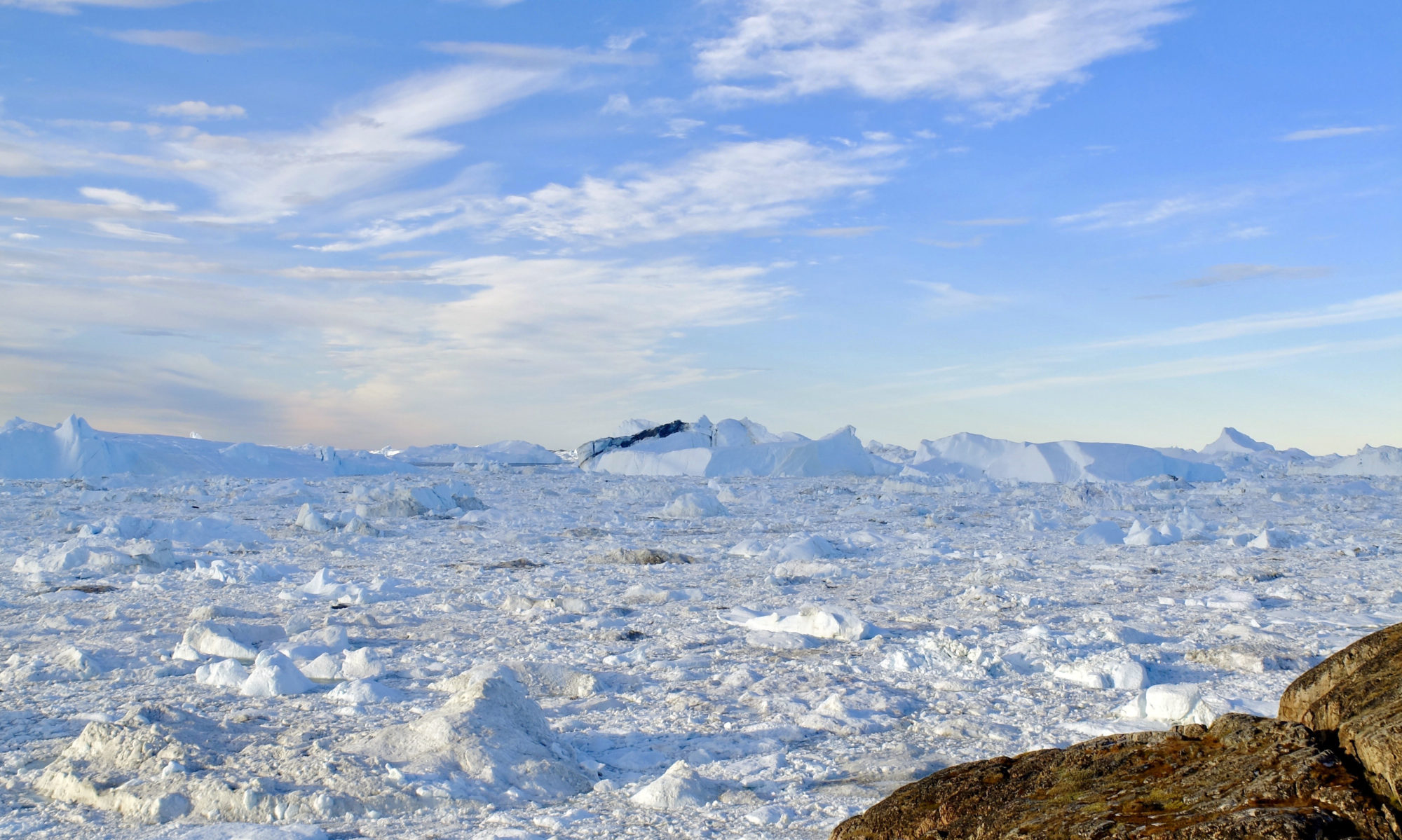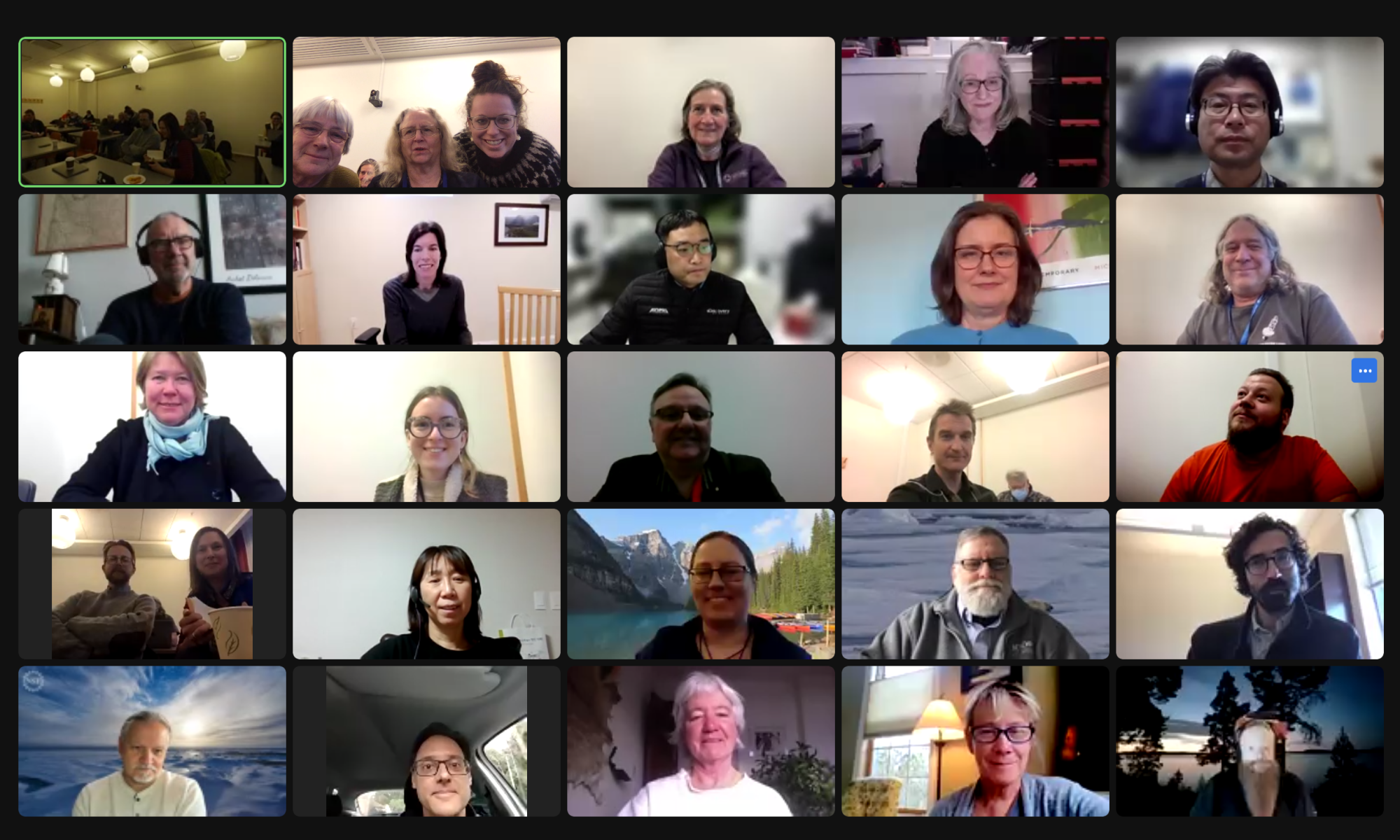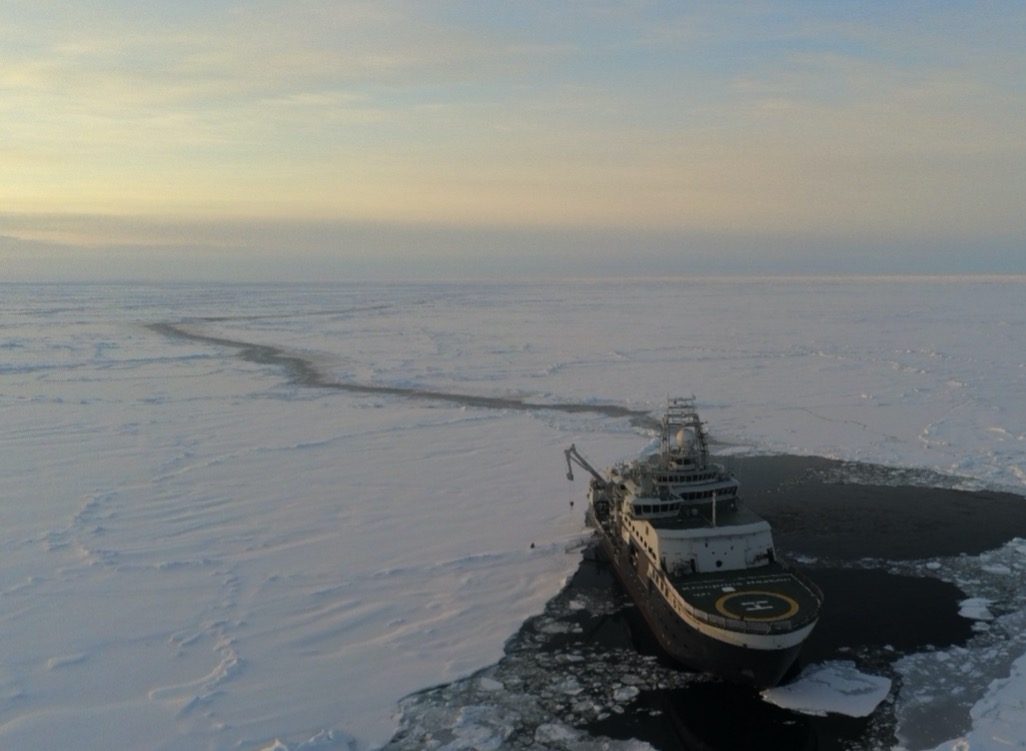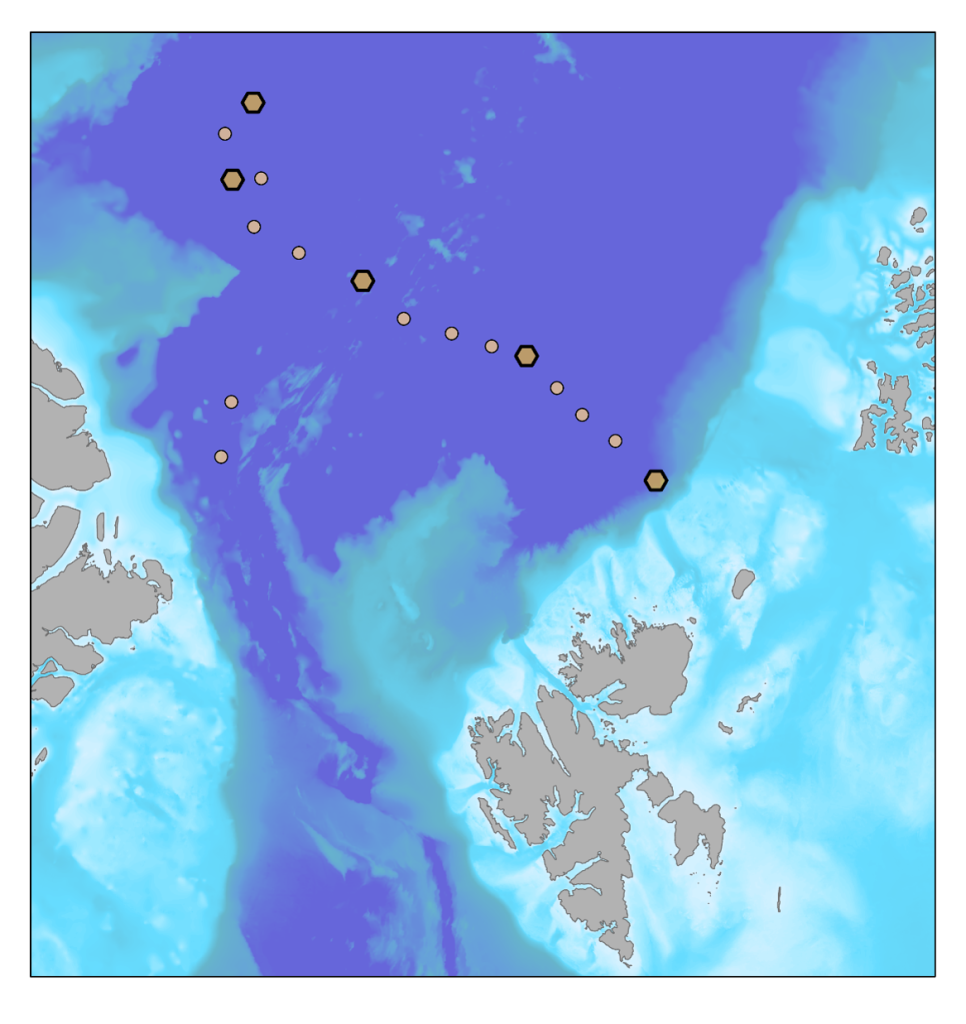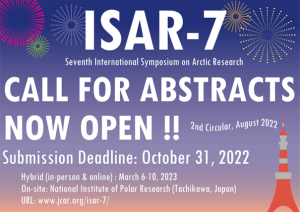
On March 6-10, 2023, the Seventh International Symposium on Arctic Research (ISAR-7) will take place in Tachikawa, Tokyo, Japan.
SAS has organized a special session (S4) to discuss the results from SAS cruises and provide an opportunity to start the synthesis phase.
All researchers related to SAS are encouraged to attend the SAS session. Please submit your abstract at the ISAR-7 webpage before October 31, 2022:
https://www.jcar.org/isar-7/abstract/
We hope to see you in Tokyo next year!
ISAR-7 session description:
(S4) Synoptic Arctic Survey – international collaboration for Arctic Ocean transdisciplinary studies
Main convener: Shigeto Nishino; Co-conveners: Carin Ashjian, Kumiko Azetsu-Scott, Kyoung-Ho Cho, Jacqueline Grebmeier, Jianfeng He, Motoyo Itoh, Sung-Ho Kang, Are Olsen, Øyvind Paasche, William Williams, Michiyo Yamamoto-Kawai
Synoptic Arctic Survey (SAS) is a coordinated multi-ship, multi-nation, pan-Arctic, ship-based sampling campaign during 2020-2022 to study pan-Arctic ocean-circulation, biogeochemical cycles, and marine ecosystems. In this session, we discuss the results from SAS cruises and transdisciplinary scientific issues ultimately to assess risks and to develop policies that allow effective management.
